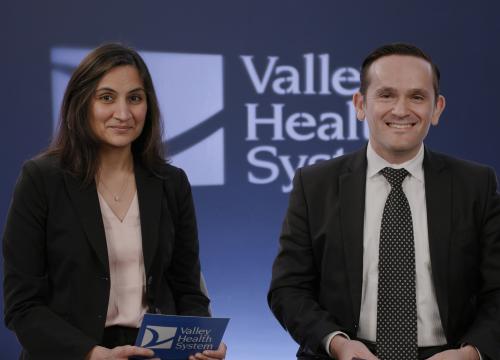An esophageal manometric motility study is an outpatient procedure used to measure the pressures and patterns of muscle contractions in your esophagus, the tube that connects your throat to your stomach.
Muscles in the esophageal walls push food down into the stomach. A sphincter (muscle) at the lower end of the esophagus remains closed except when food or liquids are swallowed or when you belch or vomit. Abnormalities of your esophageal muscles or the sphincter can result in pain, heartburn or difficulty swallowing. Your gastroenterologist will use your esophageal manometric motility study to diagnose conditions that cause these symptoms.
What to Expect
Preparing for your esophageal manometric motility study
Your gastroenterologist will give you specific instructions but, in general, you may not eat or drink anything, even water, after midnight on the night before your test. Tell your physician about any medications you are taking and whether you are allergic to medications or latex.
During your esophageal manometric motility study
Your study will take approximately one hour to complete, including preparation and the procedure. You will be administered a cream to numb your nostrils. Your gastroenterologist will then pass a tiny, flexible, lubricated tube through your nose, down into your esophagus, and into your stomach. You may sip water while the tube is advanced. When the tube is in position, breathe slowly, remain quiet, and do not swallow unless your doctor tells you to do so. As the tube is slowly pulled out of your esophagus, a computer measures and records pressures in different parts of your esophagus.
After your esophageal manometric motility study
You may experience some discomfort in your nose and/or throat, including a stuffy nose, sore throat, or minor nosebleed. This should clear up within 24 hours. You may resume your normal diet, activities, and medications once you return home. Your doctor will notify you with the results.
















